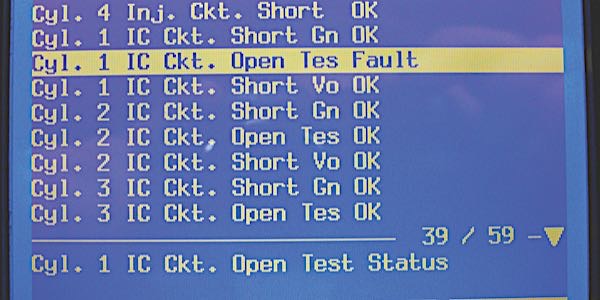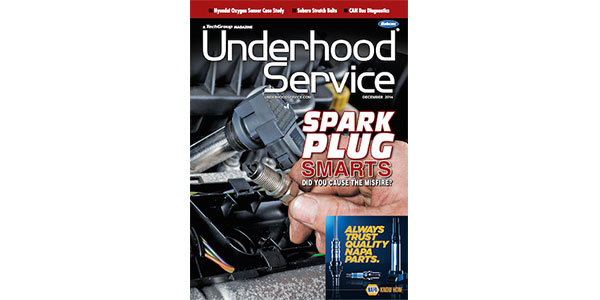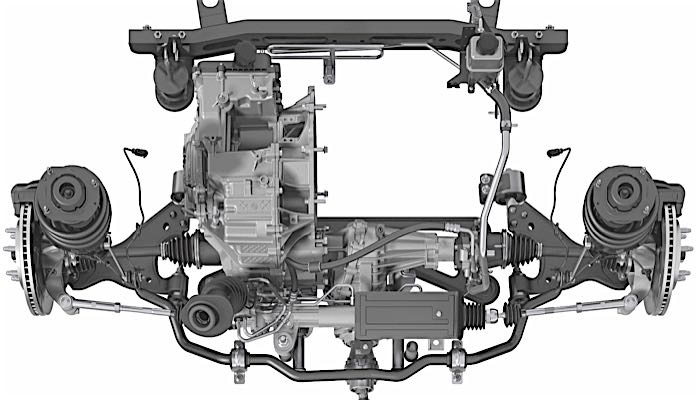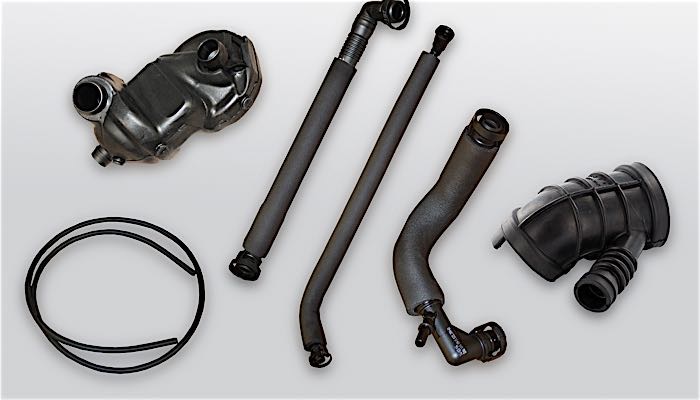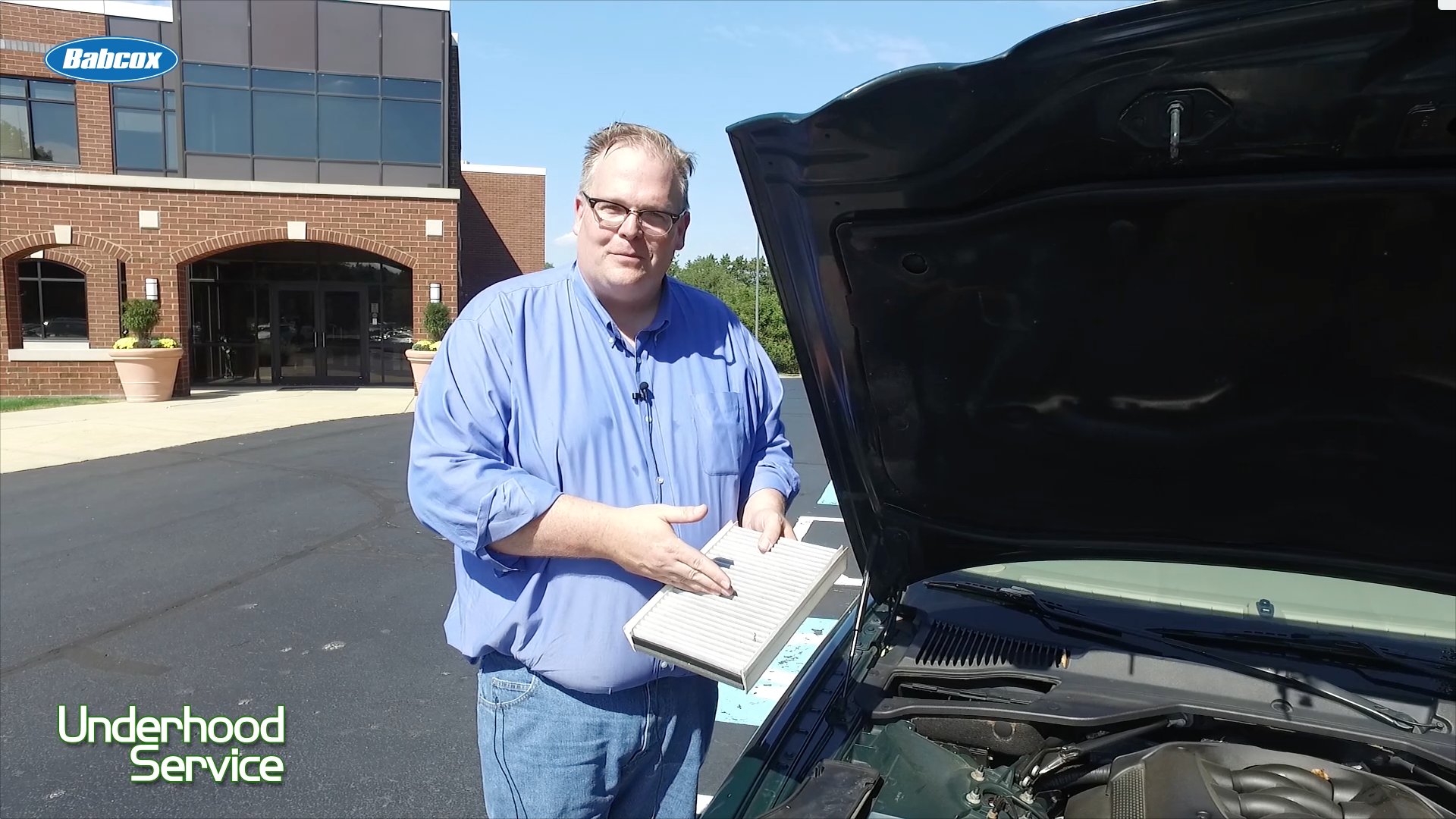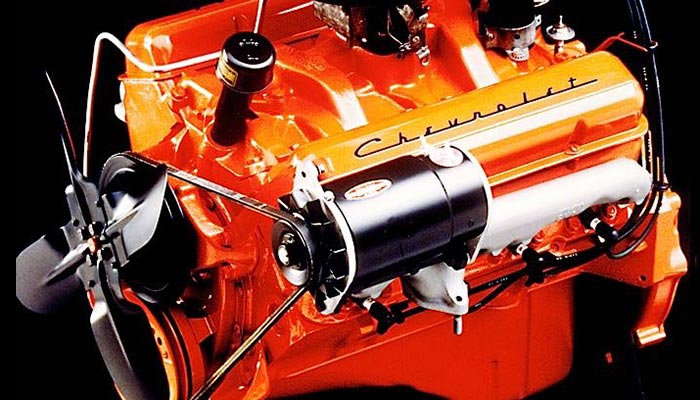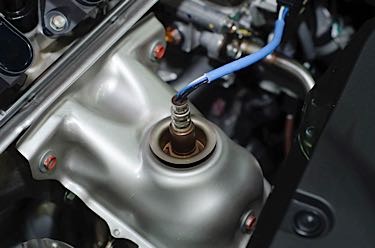CUSTOMER CONCERN:
The Malfunction Indicator Light (MIL) is on in a 2004 Toyota Corolla, and codes P0441, P0442 and P0446 are set. It was determined that the vehicle was hit in the left front.
Tests/Procedures:
1. Verify that the Vacuum Switching Valve (VSV) for the pressure sensor (located on the canister) operates correctly. This is a normally closed (NC) valve. When energized, it should open. When de-energized, an internal spring should close the valve. Also check the fuel filler neck according to Toyota TSB #EG051-06.
2. Verify that the canister closed valve (located on the air filter housing) closes and does not stick closed when operated. This is a normally open (NO) valve. When it is grounded, it closes and it should never stick closed.
3. If both solenoids operate correctly and are not sticking, inspect for restriction in the Evaporative Emission (EVAP) lines that could affect how the canister vents after a leak test is performed.
4. Verify that the purge VSV is connected to manifold vacuum on one side and the other port goes to the hose with the Green service port installed. If the purge VSV and the canister closed valve hoses are swapped, the codes will set.
Potential Causes: Defective VSV for the EVAP pressure sensor, fuel filler neck, fuel cap, defective canister closed valve, evaporative charcoal canister, restricted EVAP vacuum line(s) or misrouted vacuum hoses.
Confirmed Fix: Replaced the evaporative canister.
Tech Tips: If possible, use a scan tool to turn these two solenoids on and off. This is a good way to test the operation of the internal drivers inside the Engine Control Module (ECM) and the wiring harness. Refer to Toyota TSBs #EG005-01 and #EG013-03 for additional information on the EVAP system operation.
CUSTOMER CONCERN:
A 2004 Toyota Corolla idles rough and the oxygen sensors are reading low voltage all the time. Could they be faulty? A P0301, P0302, P0303, P0304 and P0171 code were displayed. This vehicle also was in a substantial accident and a number of parts were replaced.
Tests/Procedures:
1. If the engine is running poor and the oxygen sensors are reading a low voltage, add an external fuel supply to the engine. Check to see if it runs better and if the oxygen sensors climb in voltage.
2. Check the airflow meter grams per second at idle. 2.5-4.0 is normal.
3. Check the vehicle for a vacuum leak. Check for any hoses that may have been left off when the Corolla was being repaired. Check the hoses at the evaporative purge solenoid and the canister closed solenoid.
4. Run the vehicle on an external fuel supply until it runs smooth. Recheck the grams per second.
5. Inspect for a cracked intake manifold and/or a torn intake air boot. On a wide open throttle acceleration, check to see if the calculated load
reading goes to 85% or more. If not, the airflow meter may be faulty.
Potential Causes: Vacuum leak, Airflow meter or Fuel pressure/quality.
Confirmed Fix: The hoses were swapped at the purge solenoid and the canister closed valve.
Tech Tips: The vehicle did run better with added fuel. The grams per second were very low from the airflow meter. This vehicle was in an accident and came from a body shop. If the intake has a crack, there would be low flow through the airflow meter at idle due to the vacuum leak.
Courtesy of IDENTIFIX.
For additional tech tips, visit www.identifix.com.


